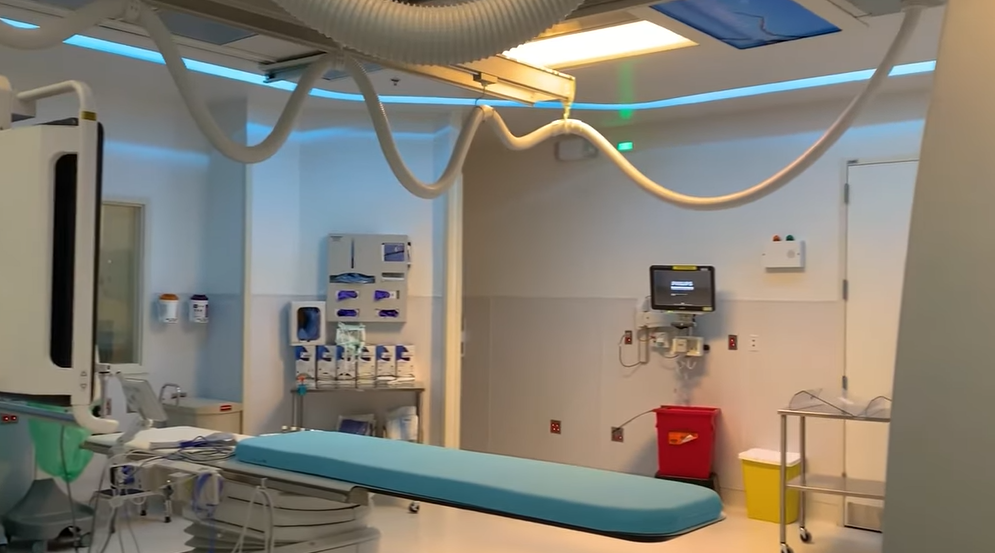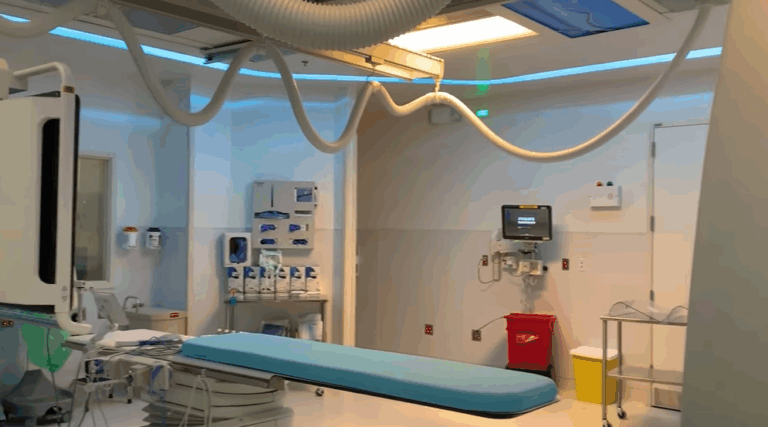The salary of an anesthesiologist has quietly increased in recent years, making it one of the most discussed benchmarks in the healthcare industry. The topic has sparked discussions about fairness, lifestyle trade-offs, and whether these salaries accurately reflect the demands of the profession on everything from Reddit forums to hospital job boards. Anesthesiologists are now being offered compensation packages that not only match but sometimes surpass those of well-known tech executives and media figures, especially in suburban and rural areas.
Examining numerous confirmed reports makes it abundantly evident that location still has the biggest impact on anesthesiologist pay. Physicians in this specialty, for instance, earn close to $483,000 a year in San Antonio, Texas, whereas salaries in Philadelphia and Staten Island range between $437,000 and $447,000. Many early-career doctors have been pushed toward smaller cities where income is not only higher but also comes with better vacation benefits and lighter call rotations because professionals working in competitive metro areas like New York City often earn slightly less despite a significantly higher cost of living.
Anesthesiologists working for private organizations or as independent contractors report making well over $750,000 by utilizing their experience and streamlining their work schedules. The annual take-home pay of those who use a productivity-based pay model, which is frequently determined per work Relative Value Unit (wRVU), can increase dramatically with volume. Some high-volume specialists, particularly those working in locum tenens or outpatient pain management, have even surpassed seven-figure income brackets. Remarkably, stories of locum anesthesiologists making between $1.5 and $2 million annually with flexible schedules and little overhead have surfaced in Reddit threads. These cases demonstrate how dynamic and incredibly versatile this profession has become, even though they are not typical.
Anesthesiologist Career Profile
| Attribute | Details |
|---|---|
| Name | Not person-specific (Profession-Based Topic) |
| Profession | Anesthesiologist |
| Education Requirement | M.D. or D.O. + 4-Year Residency |
| Certification | American Board of Anesthesiology or equivalent |
| Experience Levels | Entry-level (0–2 yrs) to 15+ years |
| Work Settings | Hospitals, Surgical Centers, Private Clinics |
| Salary Range (2025) | $185,000 to $1,093,000 annually |
| Average Salary (2025) | ~$441,700 to $542,818 annually (varies by source) |
| Hourly Average | $189.05 – $235.00 |
| Source Reference | Indeed Salary Overview |

The pay landscape is incredibly encouraging for recent graduates. With 8–10 weeks of paid time off, pediatric and obstetric anesthesiologists with less than two years of experience are reportedly making between $440,000 and $520,000. Certain academic institutions, like Virginia Commonwealth University, provide packages that combine competitive pay ranging from $425,000 to $495,000 with academic prestige. These kinds of offers were uncommon during the pandemic. They now serve as a very effective recruitment tactic in the face of persistent physician shortages.
The cost of becoming an anesthesiologist has significantly increased over the last ten years. Undergraduate tuition, medical school, residency years, licensing, and exams can add up to more than $500,000. Many people believe that this investment is only worthwhile when the potential for income outweighs the lengthy training period. And it frequently does. It is not unheard of for a 35-year-old anesthesiologist to make $600,000 with only a few calls and 10 weeks of vacation. In fact, doctors on Reddit and Medscape claim that in medium-sized American cities, that situation is quickly taking the place of the industry standard.
Through location-based planning and strategic decision-making, anesthesiologists are putting themselves in high-leverage positions that minimize burnout and maximize revenue. Moving to centers with no-call setups, which enable them to finish by 4 p.m. and still make between $400,000 and $450,000 a year, is a noteworthy trend among mid-career professionals. When quality of life is taken into account, such arrangements are surprisingly affordable for professionals who are approaching retirement or have families.
When it comes to celebrity comparisons, the anesthesiologist’s pay is comparable to that of high-end legal, tech, and entertainment professionals. Considering that NFL players make an average of $860,000 a year and talk show hosts make six or seven figures, it’s amazing that a surgical specialist who works behind the scenes now falls into this income range. Nevertheless, anesthesiologists maintain a high degree of anonymity, in contrast to most public figures, allowing them to make life-altering decisions out of the spotlight. Within clinical teams, they are incredibly productive and well-respected due to their discreet excellence.
The public’s opinion of anesthesiologists has changed in recent years. Previously viewed as “the person who puts you to sleep,” they are now acknowledged as acute care leaders who skillfully manage pain, sedation, and intricate surgical situations. They have greatly decreased surgical risks and recovery times by incorporating individualized anesthesia protocols and advanced monitoring, which has further solidified their role as indispensable.
The average anesthesiologist salary, according to recent data from Glassdoor, Salary.com, and ZipRecruiter, ranges from $393,000 to $542,000, although individual outcomes can differ significantly. Practicing physicians post numbers on internet forums that cover the entire spectrum, with rural practitioners receiving higher compensation because of demand. For instance, new graduates are being offered $425,000 base pay plus 10 weeks of vacation and light call duties in some areas of South Florida. On the other hand, those same numbers are associated with fewer days off and more on-call duties in urban hospitals that are in high demand.
Some people have significantly improved their work-life balance by making targeted career choices. Full-time anesthesiologists in the Midwest work 50-hour weeks and earn $550,000 a year, which includes 12 weeks of vacation and post-call time. Many stress that these packages provide both mental clarity and financial stability, which are hard to come by in corporate sectors, even for those with comparable incomes.
It is anticipated that anesthesiologists will continue to earn high salaries in the future. The field is expected to continue to grow financially as the number of surgical procedures, outpatient clinics, and skilled sedation procedures increase. Anesthesiology continues to be a particularly creative option for medical students thinking about specialty choices because it provides flexibility, challenge, and significant reward.


